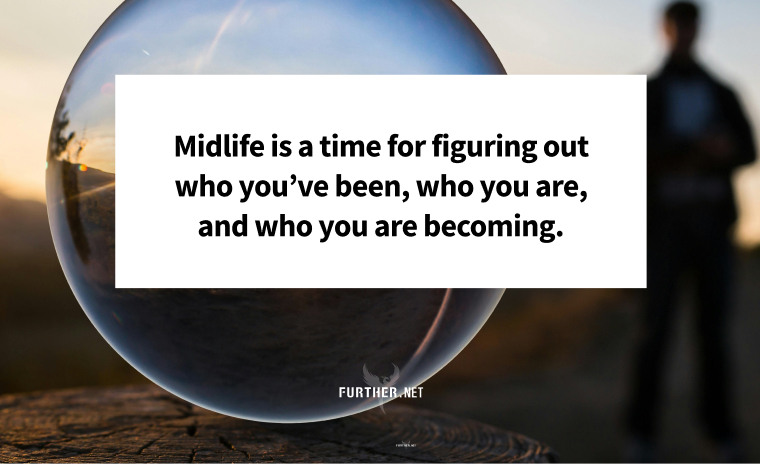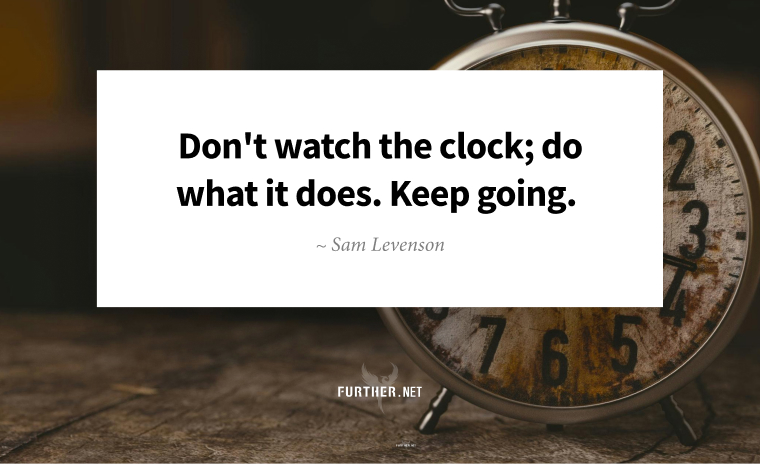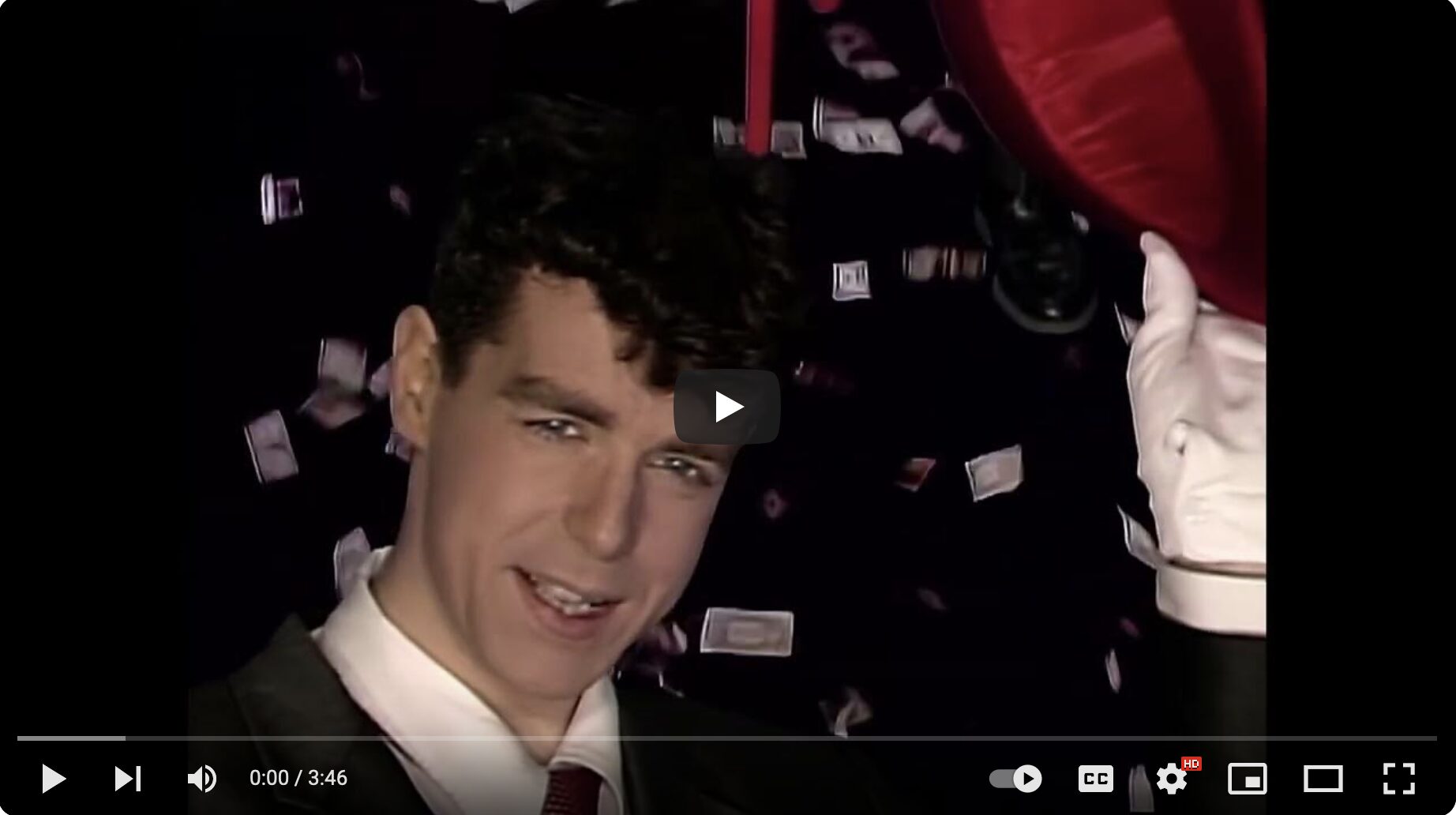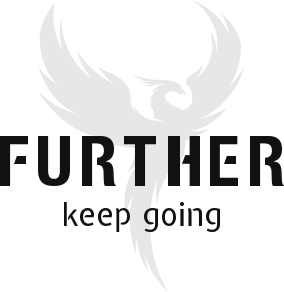Welcome to Middlescence 
Midlife is having a moment, finally. Other than stereotypes about erratic middle-aged behavior and the myth of the midlife crisis, people over the age of 50 are usually just beginning to be ignored by advertisers and shunned by employers. But that's changing. With the size and wealth of the Baby Boomer generation combined with longer, healthier lives, a lot of attention is now focused on members of the new midlife, which extends to 75 for active and engaged folks. Of course, much of Generation X if now firmly in their 50s, and we're pretty used to being ignored. But that is changing too, as we become to the first cohort to work past traditional retirement age en masse, creating an unprecedented economic cohort. And that makes the idea of "middlescence" important to understand. A play on adolescence, it's another big transitional period where a lot changes. This time we're transitioning into our second adulthood, but with enough hard-earned wisdom to make choices for the next stage that are in line with who we are and who we want to become. Just like adolescence was awkward, middlescence can be a challenge. But just like we now know we get happier after 50, we also know that this stage of life is primarily characterized by advances and gains, not loss. Personally, I'm having a blast. It's not that I don't realize I'm older, it's that I don't seem to care... because the upside is too good. Keep going- Brian Clark P.S. New to Further? Join us here. Live Healthy Longer Imagine living to 85 or 95, and yet the last year you felt good was when you were 65. Peter Attia thinks it's a scandal that our life span has grown so much more than our health span - but Further readers are exceptions, right? How to Die in Good Health (The New Yorker) Gateway Drug We've been hearing for years that diabetes drug metformin has anti-inflammatory effects that could help protect against common age-related diseases including heart disease, cancer, and cognitive decline. Scientists will now test whether the inexpensive drug can promote a longer healthspan in healthy, older adults. A Cheap Drug May Slow Down Aging. A Study Will Determine If It Works (NPR) Max Benefit If you're planning to work past traditional retirement age, waiting to claim Social Security until you're 70 is a smart way to maximize your monthly payouts. But make sure you understand the variables. Pros and Cons of Waiting Until 70 to Claim Social Security (Kiplinger) Rising Sun I've been to Japan twice (Tokyo and Kyoto), and there's nothing quite like it. So here's an itinerary that focuses on those two popular destinations as well as some day trips from each. The Perfect 7-Day Japan Itinerary For First-Time Visitors (Nomadic Matt) Do More With Your Time 
By Trudi Roth Recently, an entrepreneur friend sheepishly told me she can only get work done between 5:00 p.m. and midnight. She's always been a night owl, but thanks to hormonal changes, it's more pronounced than ever. First, a reality check. Much like weekends and retirement, the constructs of when and for how long we work are industrial-age artifacts. For example, you can credit Henry Ford for inventing working 9-to-5, five days a week in 1926. In other words, we've been adhering to a nearly 100-year-old standard that even I — a solopreneur who hasn't worked a corporate job since 2001 — can't seem to ditch, even though remote work is normalized. Maybe it's time to reject antiquated norms and let your internal clock support your productivity with "chronoworking." Know Your Chronotype You likely notice you're more productive at certain times of the day. According to psychologist Michael Breus, only around half of the population are most alert during "peak" work hours, 10:00 a.m. - 2:00 p.m. Plenty of people prefer working early mornings or at night (about 15% each, respectively). And 10% of the population find their productivity varies day-to-day. These four natural preferences for sleep and wakefulness, often characterized by mammals (lion = morning people; bear = best at midday; wolf = night lovers; dolphin = sporadic timing), are known as "chronotypes," a term I first encountered in Mich Bondesio's excellent intentional productivity book, The Cadence Effect. Chronotypes are related to circadian rhythms in that they also define our individual levels of activity and alertness. However, they are determined by our genes and also depend on factors such as age and geographical location. According to Bondesio, chronotypes are resistant to being trained or otherwise manipulated, unlike simple circadian rhythms. The trick is to consider your chronotype to maximize your productivity and minimize your burnout. A Pace That Would Stop a Clock "Chronoworking" is simply aligning your work schedule with your preferred sleep schedule. That means no more shame if you like to work late and sleep in — you're in good company with prolific creatives like Franz Kafka, Ann Beattie, and Bob Dylan. Meanwhile, you're also sadly in good company if you're forced to buck your chronotype: research says 94% of American workers work outside their peak productivity hours. Still, there's hope in our post-pandemic, digital world, as employers are starting to recognize the benefits of chronoworking: Allowing staff to work when they're at their best could boost performance and well-being, with a knock-on positive effect on employee retention. That applies whether you work for yourself or someone else — happier, healthier workstyles boost bottom lines. Bonus for location-independent "wolves": your night is someone else's day. And even if you have to compromise sometimes on your preferred work hours to collaborate with another chronotype, you'll rest much easier knowing you're working on your own clock. Further Reading: The 'chronoworking' productivity hack that helps workers excel (BBC) The Cadence Effect by Mich Bondesio further: flashback  Pet Shop Boys - Opportunities (Let's Make Lots of Money) Please, 1986 According to Neil Tennant, Opportunities (Let's Make Lots of Money) is a satirical song about "two losers" scheming to make money, but was taken literally as a materialistic anthem to the less ironically inclined. It's the only Pet Shop Boys single to chart higher in the US than the UK. (YouTube) further: sharing Enjoy this issue? Please forward this email with friends or share on social media. Thank you for sharing Further! | 




No comments:
Post a Comment